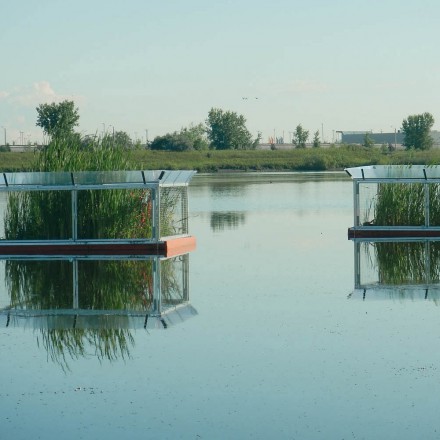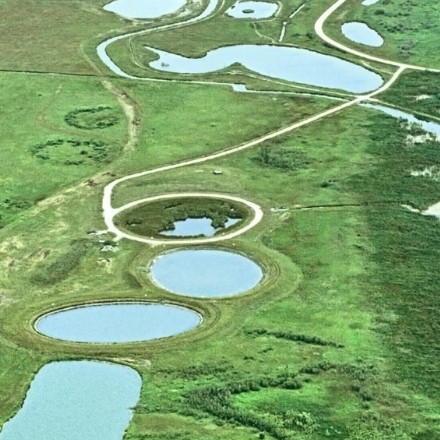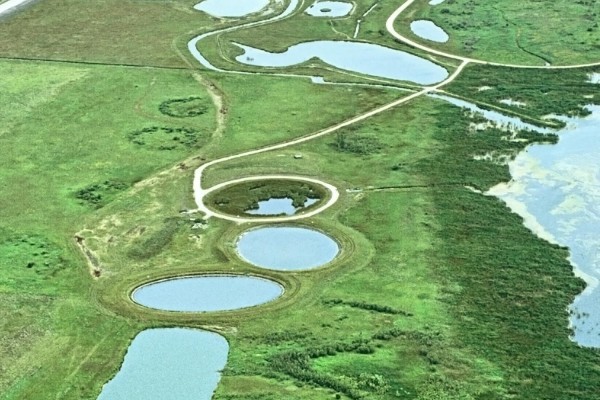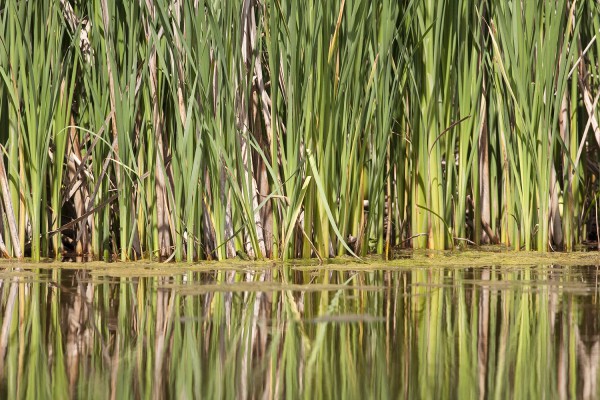The degraded state of surface waters throughout Canada is receiving ever-increasing attention.
New policies and management practices are now being implemented in an attempt to reduce nutrient inputs to receiving waterbodies. Regulations affecting the timing of wastewater releases and the nutrient concentrations during discharge have become more stringent, and traditional two-cell treatment systems may no longer adequately meet these needs.
A third treatment wetland cell as the final stage in the system is a strong natural option to improve water quality before wastewater is released. Biological activity in tertiary wetlands helps reduce a broader range of nutrients and trace metals than phosphorus alone. In many cases, the wastewater released from treatment wetlands is cleaner than the receiving waterbody.
Natural alternatives to wastewater treatment can help you:
- Meet wastewater quality standards
- Find a more affordable treatment option
- Lower long-term maintenance requirements
The construction of treatment wetlands is the most cost-effective method of reducing nutrient levels in municipal wastewater. Including a treatment wetland during the design phase has also been found to be lower maintenance in the long term.




